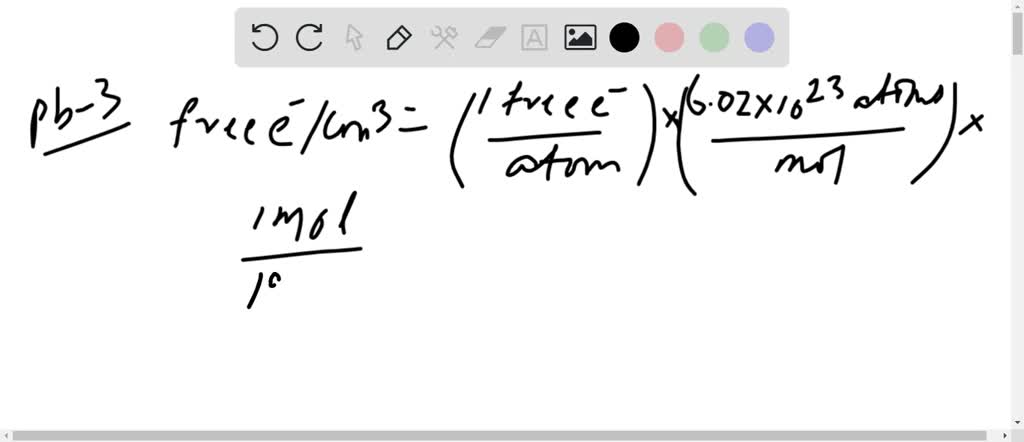This gives the copper atom a choice to lose either 1 electron from 4s orbital to achieve fully filled 3d orbital or lose 1 electron each from 4s and 3d orbitals. How many inner core electrons does copper contain? In order to write the Copper electron configuration we first need to know the number of electrons for the Cu atom (there are 29.
A brief explanation of atomic structure and electrical conduction
Electrical conduction is caused by electrons breaking free of their atoms and moving around. Atoms of some elements let go of their outer electrons pretty easily, which makes these elements good conductors. In other elements, the atoms hold on to their electrons, so these elements don't conduct electricity as well. Copper and silicon are used here as examples. The same general ideas apply to other elements.
Copper was one of the earliest known metals, having reportedly been mined for over 5000 years. In nature it has two isotopes, 63 (69.09%), which has 29 electrons and protons and 34 neutrons, and 65 (30.91%), which has 29 electrons and protons and 36 neutrons. Brass and bronze are alloys of copper. Please Share/Save This Page. Copper was one of the earliest known metals, having reportedly been mined for over 5000 years. In nature it has two isotopes, 63 (69.09%), which has 29 electrons and protons and 34 neutrons, and 65 (30.91%), which has 29 electrons and protons and 36 neutrons. Brass and bronze are alloys of copper. Please Share/Save This Page. Copper is a good conductor because, like other metals, it contains free electrons. Free electrons are also known as conduction electrons. Each copper atom provides a single free electron, so there are as many free electrons as atoms. Free electron concentration in copper n = 8.5 × 10 28 per m 3.
In these sketches, positive charge is shown in red, negative in black, and neutral in green.

The atomic number of copper is 29, which means it has 29 protons in the middle and 29 electrons moving around the outside. (The 29 negative charges of the electrons and the 29 positive charges of the protons balance out, so the atom is neutral when all of its electrons are in place.)
Copper has two electrons in the innermost shell, eight in the next shell, eighteen in the third shell, and one in the fourth shell. This means that the first three shells each have as many electrons as they can hold, and the fourth shell has one lonely electron. (The fourth shell can hold up to 32 electrons.) Because this one lonely electron is all by itself in the outer shell, it can easily separate from the rest of the atom and go roaming around, which makes copper a very good conductor.
The atomic number of silicon is 14, which means it has 14 protons in the middle and 14 electrons moving around the outside. Silicon has two electrons in the innermost shell, eight in the next shell, and four in the third shell. This means that the first two shells are completely full, and the third shell has four electrons, out of the 18 that can fit in the third shell of an atom. Something about having four electrons in that outer shell makes the shell more stable than copper's outer shell with its one lonely electron, so the electrons in the silicon atom don't wander off as easily. Since the silicon atom has a fairly firm grip on its electrons, silicon is not as good a conductor as copper is.

Number Of Electrons In Copper 64
Most house wiring is made of copper, because copper is a very good conductor of electricity and is not as expensive as other good conductors, such as gold and platinum.
Silicon can conduct electricity, but not nearly as well as copper does. The conductivity of silicon depends a great deal on what is mixed with it, because this affects how tightly it holds on to its outer electrons. Silicon is the main ingredient in glass, which does not conduct electricity. Silicon is also used to make semi-conductors, which do conduct electricity, but still not as well as copper does. (That's why they're called semi-conductors instead of conductors.)
This material was written by Lisa Denise Murphy at the University of Illinois. Early drafts were written in 1999. The current version was last revised in January of 2000. Permission is given for students and teachers to use this material, provided acknowledgement is made of the source. Anyone interested in using this material in connection with any published paper or commercial venture should please first consult the author. Thank you.
Number Of Electrons In Copper 62
This page last revised January 19, 2000.
